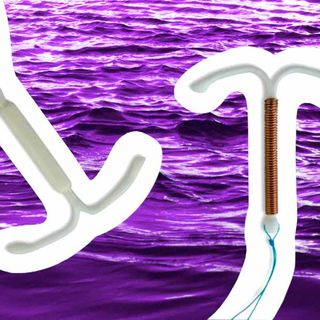A new, large-scale study led by Northwestern University, US, has found that inducing labor at 39 weeks among healthy first-time mothers reduced C-section rates and slightly lowered complications for mothers and babies. The study also found women whose labor was induced experienced less labor pain, and felt more in control of the childbirth process, compared to women whose labor was not induced.
The finding challenges long-standing medical belief that inducing labor increases the chances of a C-section delivery. But the studies that support this belief examined delivery outcomes of mothers who whose labor started spontaneously and mothers who were induced at the same point in pregnancy — potentially before full-term gestation, or after a due date.
This data got misinterpreted to mean that inductions are riskier overall, lead investigator Dr. William Grobman told NBC News.
“There’s a lot of controversy around the consequences of inducing labor. People were convinced that it increased the risk of cesarean delivery, but the reality was actually unknown,” said Grobman, a professor of obstetrics and gynecology at Northwestern University’s Feinberg School of Medicine and a practicing physician at Northwestern Medicine. “This study provides evidence that inducing labor at 39 weeks actually reduces cesarean delivery.”
The study, published in the New England Journal of Medicine, involved more than 6,100 women from across 41 areas in the US, who were randomly divided into two groups – one that waited for the onset of labor without intervention, and one whose labor was electively induced one week before their due dates, at 39 weeks’ gestation, the point at which babies are considered full term with low risk of post-birth complications.
Women whose labor was induced at 39 weeks experienced lower rates of C-section delivery (19%), compared to the spontaneous labor group (22%). Women in the former group also experienced lower rates (9%) of preeclampsia, a potentially life-threatening complication, and gestational hypertension, compared to the non-induction group (14%). Newborns of the induction group required slightly less respiratory support after birth (3%), compared to the newborns of the non-induction group (4%).
This suggests early, but full-term, induction might help lower the number of C-section deliveries in low-risk women who are first time mothers, say the study authors. C-sections — surgeries that carries higher risk of serious postpartum complications and longer postpartum recovery times — are on the rise worldwide. In India, 28.3% of all urban births are via C-section, a rate three times higher than the recommended, medically necessary C-section rate by World Health Organization (WHO). In some private hospitals in Indian metros, 90% of babies are delivered via C-section.
“This new knowledge gives women the autonomy and ability to make more informed choices regarding their pregnancy that better fit with their wishes and beliefs,” said Grobman. “Induction at 39 weeks should not be routine for every woman, but it’s important to talk with their provider and decide if they want to be induced and when.”
Related:




